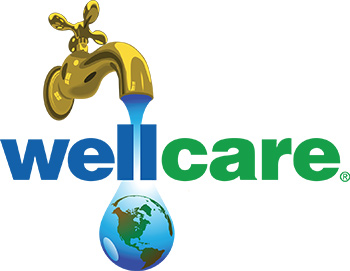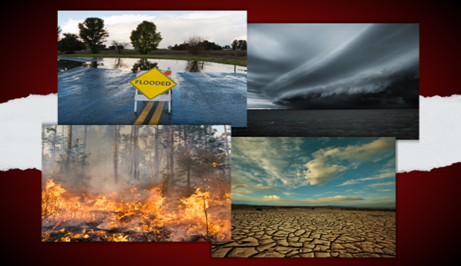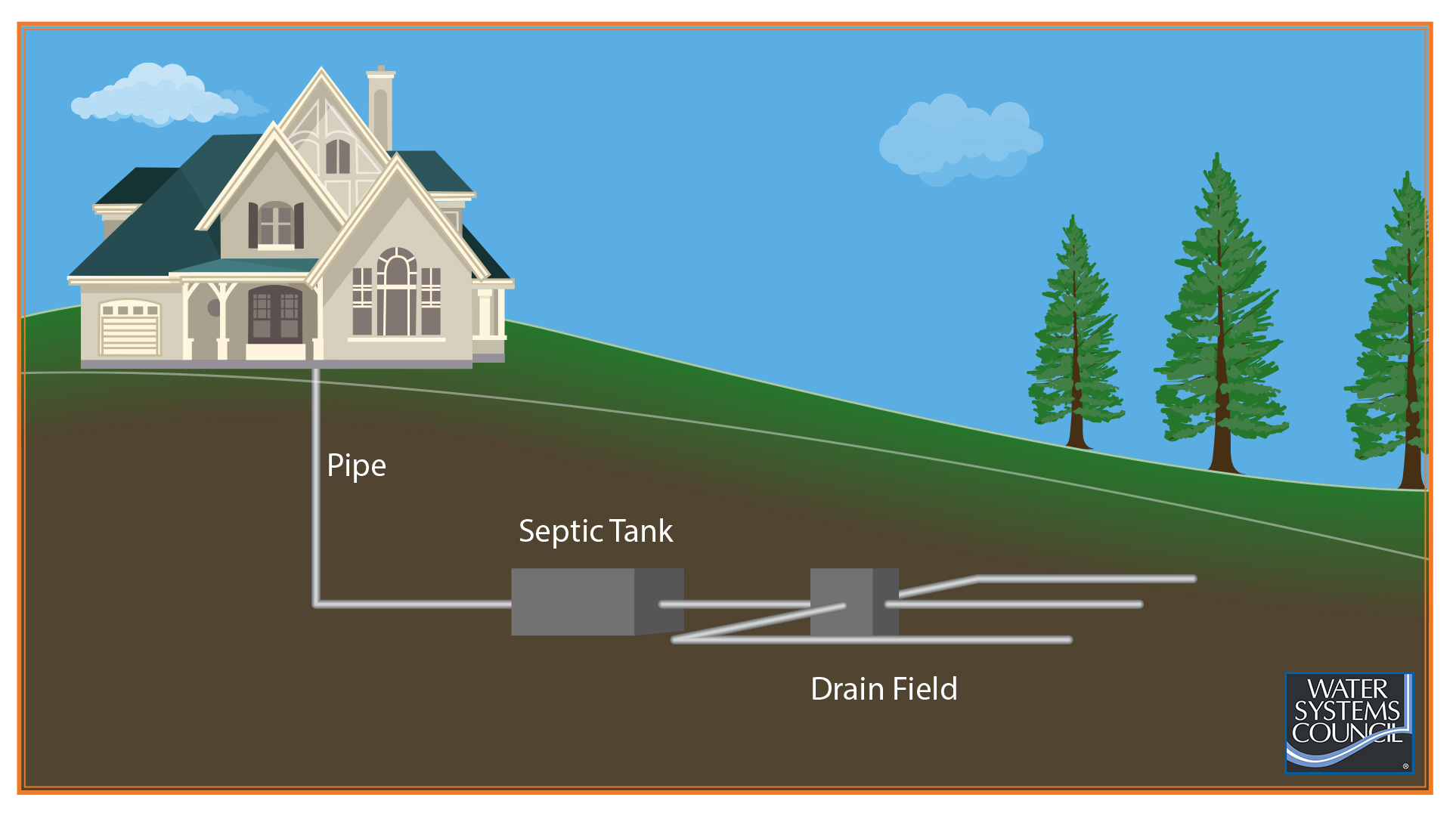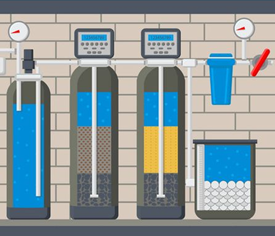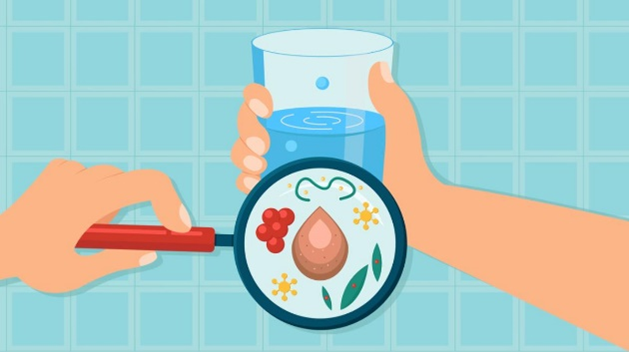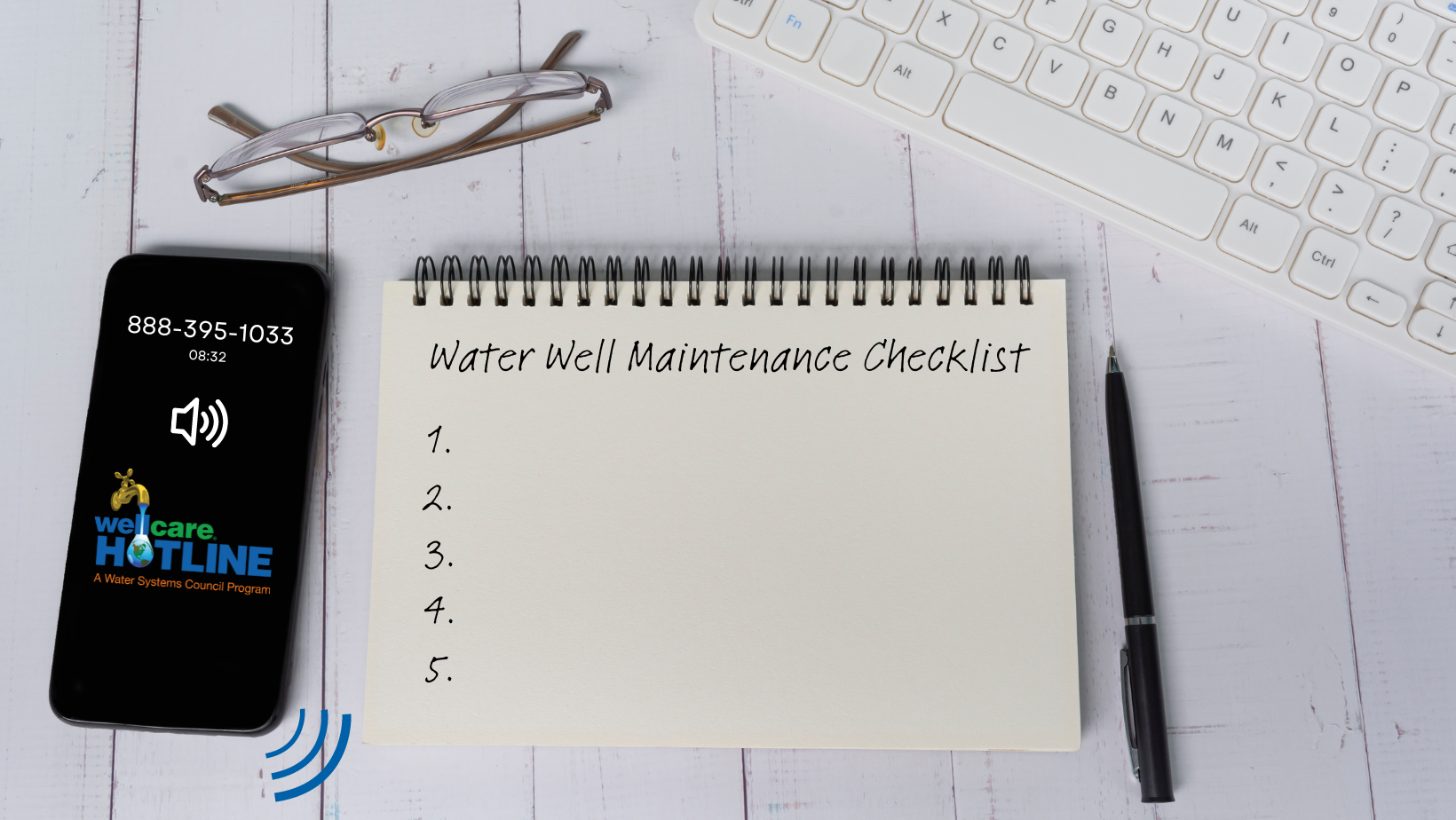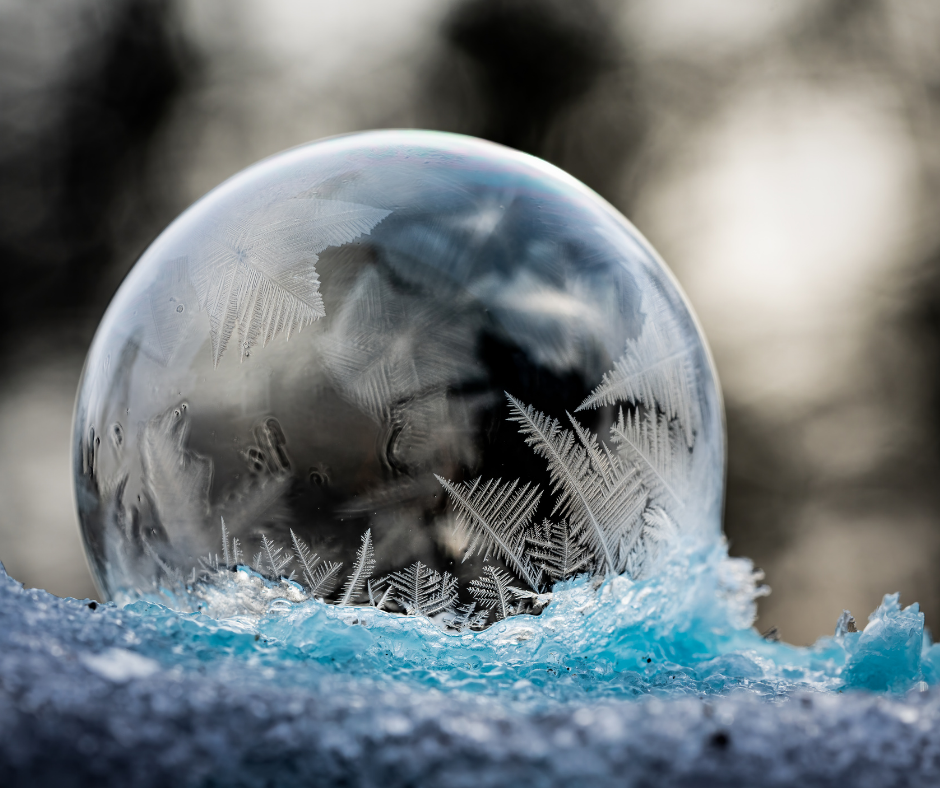 Summer can also bring drought conditions that can result in problems for your water well. We have provided steps below to manage water levels and help prevent your well from going dry:
Summer can also bring drought conditions that can result in problems for your water well. We have provided steps below to manage water levels and help prevent your well from going dry:
- Measure water levels – Knowing the exact yield of your well is critical to managing the use of water or considering options to expand the supply.
- Manage water levels – If you have a low-yielding well (producing less than five gallons per minute), you should be very careful how much demand you place on it. Conserve water as much as possible. Read our Water Conservation information sheet for ways to save water around your home.
- Add water storage – Adding storage can help provide greater capacity when water levels are low and allows your well to recharge. It also helps prolong the life of your well pump since it reduces the need for your pump to cycle as often.
It is also a good idea to discuss low flow concerns and well components that can help with your licensed well contractor before it gets to this point. There are pressure switches designed for low-yielding wells and floats and sensors to help shut the system off when the water level drops.
Download our wellcare® Information Sheet on Drought and Your Well for additional tips on managing your well during a drought.
Additional wellcare® information sheets that may be helpful during drought:
